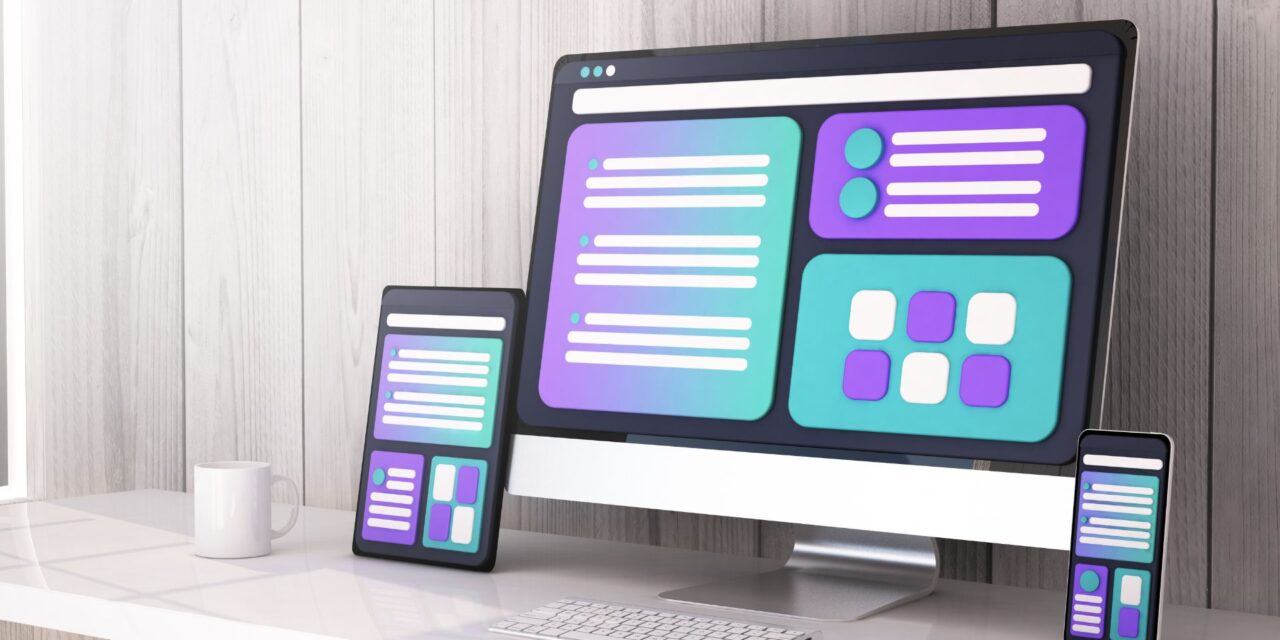The newest methods, techniques, and technologies in web development affect how websites and online applications are planned, created, and optimized. These trends occur as a result of changing consumer expectations, technical improvements, and industry requirements.
THE HISTORY OF WEB DEVELOPMENT
Since its humble beginnings in the 1980s, web development has gone a long way. Web development methodologies and techniques have grown in tandem with technology. Web development has evolved throughout time to accommodate the changing needs of consumers and organizations, from static HTML webpages to today’s dynamic and interactive web apps. It is possible to comprehend the industry’s future and how to continue improving the online experiences we create.
POTENTIAL WEB DEVELOPMENT GROWTH STAGE FROM 2007 TO NOW
The potential growth period of web development began in 2007 and continues to this day! We have experienced a fundamental change in web development over this time, driven by technology developments and consumer needs. Web 2.0 introduced interactive and user-generated content, allowing users to actively engage in the online realm.
The growth of social media platforms such as Facebook, Twitter, and YouTube changed the way people engaged online, resulting in an increase in web application development. CMSs like WordPress and Drupal make website development more accessible, enabling non-technical individuals to design and maintain their websites.
The introduction of mobile devices, notably smartphones, resulted in a substantial shift in web development. Websites must be optimized for mobile devices as the usage of inception browsing grows. This gave birth to responsive design, which guarantees that websites adjust to varied screen sizes and resolutions while providing the best user experience possible.
As technology advances, web development will see additional breakthroughs, such as the expansion of Progressive Web Apps (PWA), the adoption of new programming languages, and the incorporation of virtual and augmented reality. Due to the rapid growth of web development, developers must stay up with the most current web development trends and technologies in order to create innovative, user-friendly websites that meet the ever-changing demands of online users.
WEB DEVELOPMENT TRENDS TO WATCH IN 2023
There are several web development trends impacting the future. From the growing popularity of no-code/low-code development experiences to the increasing importance of data compliance, these developments provide interesting prospects for web developers to construct websites. Let’s take a deeper look at each of these web development trends one at a time.
1. DEVELOPMENT FOR MOBILE DEVICES
If you believe that using a mobile-first development approach is worthless, you should reconsider your strategy. The most important factor for organizations to retain clients has always been the user experience. According to Think with Google, if your website is mobile friendly, 74% of consumers will return to it.
Mobile phones have transformed the way we live our daily lives. Mobile phones have increased our reliance on technology, whether we are shopping, ordering meals, learning or consuming media, or doing anything else. Planning ahead of time and knowing how web technologies will operate effectively on both desktop and mobile platforms is critical to make it more user-friendly.
2. USER EXPERIENCE IN DARK MODE
Dark mode is a contemporary web development trend that has garnered worldwide traction and is here to stay. A dark-themed site makes it simpler for users to enjoy the web regardless of device.
It is easier for the eyes to access dark-mode websites on mobile. Dark-themed websites need less brightness even in low-light circumstances, reducing battery use. Aside from decreasing eye strain, dark-themed UI provides a nice UX to the app or website.
With internet behemoths such as Facebook, Twitter, Google, and Reddit already on board, dark mode UI will be one of the most popular aesthetic changes in web development trends in 2023.
3.VOICE UI PROVIDES MORE ACCESSIBILITY
One of the major web development trends we expect to see in 2023 is an increasing focus on accessibility using Voice UI. Voice User Interface (Voice UI) technology allows users to interact with online applications using speech and natural language instructions. Since the W3C developed accessibility standards and guidelines, web developers have tried to create websites that anybody, including hearing and sight-impaired users, can access.
We have seen an increase in the use of speech recognition technology and smart speakers made by Amazon, Apple, and Google in recent years.
The voice search assistant industry is predicted to reach $11.2 billion by 2026. 51% of customers investigate items using voice-activated devices.
4. PWAS (PROGRESSIVE WEB APPLICATIONS)
Among the different web development trends, the use of Progressive Web Apps is the most likely to continue in 2023. PWAs are web applications that leverage contemporary web technologies to provide users with an app-like experience, such as push notifications, offline access, and the option to add an icon to their device’s home screen. PWAs are designed to work flawlessly across many devices, including desktop computers and mobile phones, providing a uniform user experience across all platforms.
If you’ve seen the websites of Uber or MakeMyTrip, you’ll realize that progressive web applications are about faster loading times, smoother operation, and a more linear user experience. Many firms strive for it since it may eliminate the requirement for a smartphone application. PWAs are built with contemporary APIs to be dependable and provide increased capabilities, and they can be accessible by anybody, from anywhere, on any device, using a single code base.
Apart from delivering a great user experience, PWAs may also enable users to function offline while still providing all of the capabilities of a native mobile app. As a result, PWA is one of the most promising web development technologies for 2023.
5. NOTIFICATIONS THROUGH PUSH
Push notifications are messages that show on a user’s device even when the app or website is not being used. It is an essential component of Progressive Web Apps. They provide a rapid channel of communication for companies to communicate with their consumers about offers, messages, and other forms of information. Push alerts may be tailored and targeted to individual users, thereby increasing productivity and user retention.
A shopping website, for example, might send push notifications to customers to remind them of the things in their basket or to promote specials on products they have viewed but have yet to purchase.
Push notifications are one of the most popular web development trends right now because they provide marketers with the opportunity to achieve high conversion rates across a wide range of categories and verticals.
6. AUGMENTED REALITY AND VIRTUAL REALITY USER EXPERIENCE
The web development game has completely shifted with the incorporation of augmented and virtual reality into websites. Businesses may communicate with consumers in novel ways thanks to augmented and virtual reality. They try to enhance the user experience by providing an immersive and engaging environment.
According to Mixed Reality Market, the AR and VR business will exceed $9.982 billion by 2024. Tourism, architectural, and retail businesses, for example, employ VR gadgets like the Oculus Rift or Google Cardboard to show people how the service or product they will buy would appear in real life.
Although augmented and virtual reality work best in applications, technologies such as WebAR enable them to be experienced in web browsers. It does, however, have restrictions such as cross-browser compatibility and browser speed, which will only improve with time. Finally, it all comes down to providing new experiences and ease for consumers, therefore augmented reality is one of the web development ideas that will gain traction in the future.
7. APPLICATION OF AI-POWERED CHATBOTS
AI is revolutionizing how people engage with technology, and chatbots powered by AI are prominent web development trends. Organizations are already using AI in several areas to boost productivity. Customer service, on the other hand, is one area where AI-powered dialogues may be really valuable.
With deep learning and machine learning technology, a conversational Chatbot powered by AI can replicate human talks. According to Juniper Research, using chatbots in retail, banking, and healthcare industries will result in $11 billion in cost savings by 2023.
That’s something to think about! We’ve already seen COVID-19 educational websites and new companies employ chatbots to provide consumers with all the information they want. Chatbots respond to user enquiries quickly, lowering user drop-off rates. Bots are capable of answering user questions more quickly thanks to voice recognition and cognitive intelligence.





